Expandability and simplicity. I've designed a low pin-count bus named SkinnyBus8. It has I2C, SPI, slot select and power. 8 pins in total per slot.
Each slot has a separate slot select. When the slot is selected, it is possible to request info via the I2C-bus to a 256-byte eeprom that contains info about the expansion card. PlugAndPlay :D
The SPI-bus is used for the main function on each slot.
A MicroPython-board is the "mainboard", and I've built a SkinnyBus8 4-slot expander-card. Coding in Python to test the card-functions has been a true pleasure. Genuinely fast prototyping.
Boards built so far:- 4-slot expansion board
- 128KiB SRAM
- 128KiB EEPROM
Working, and awaiting a proper board is an MCP23S17 SPI-GPIO chip connected to a 40x3 alphanumeric LCD.
The name SkajNätt is the Swedish pronunciation of Skynet, and Nätt means small. One computer to rule them all...
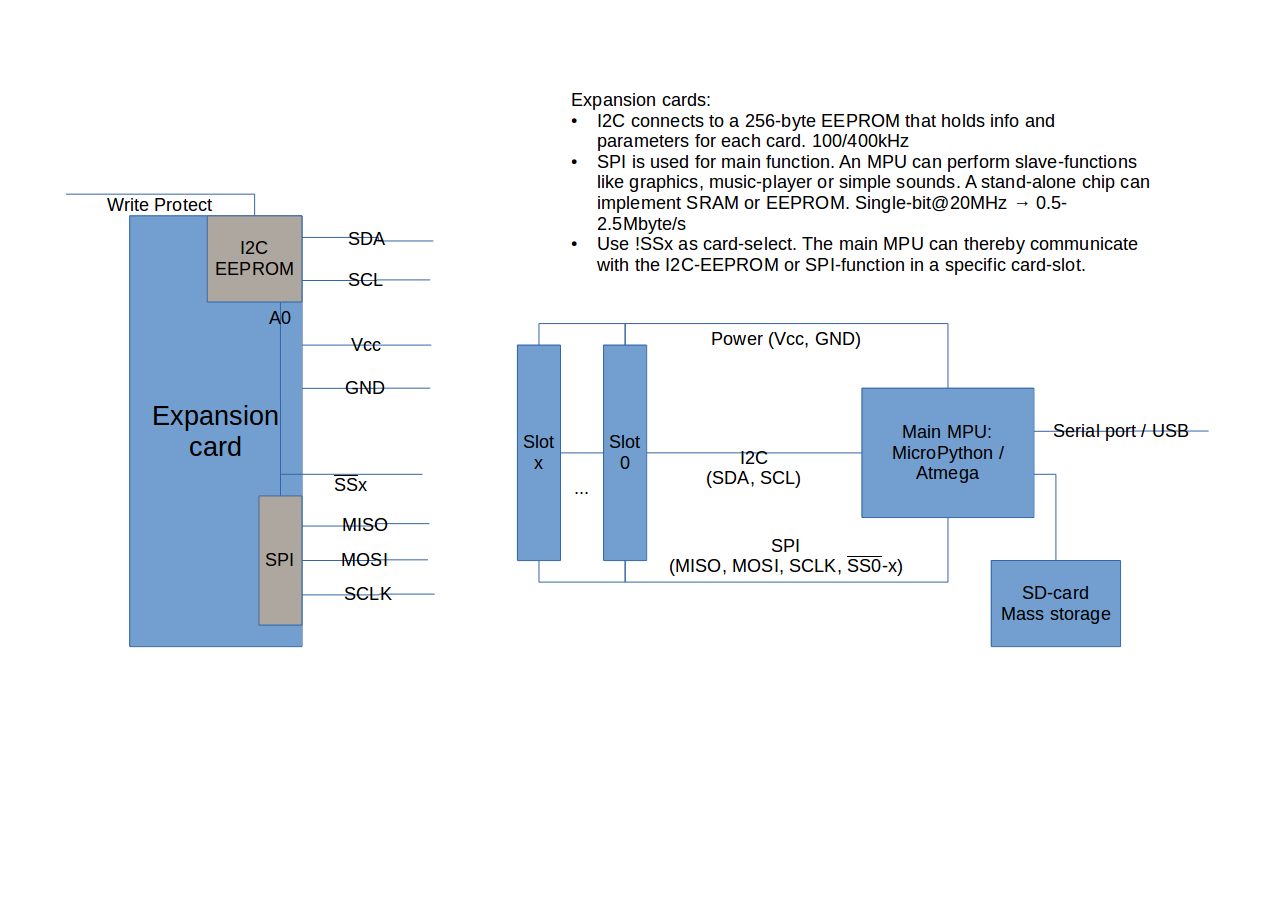
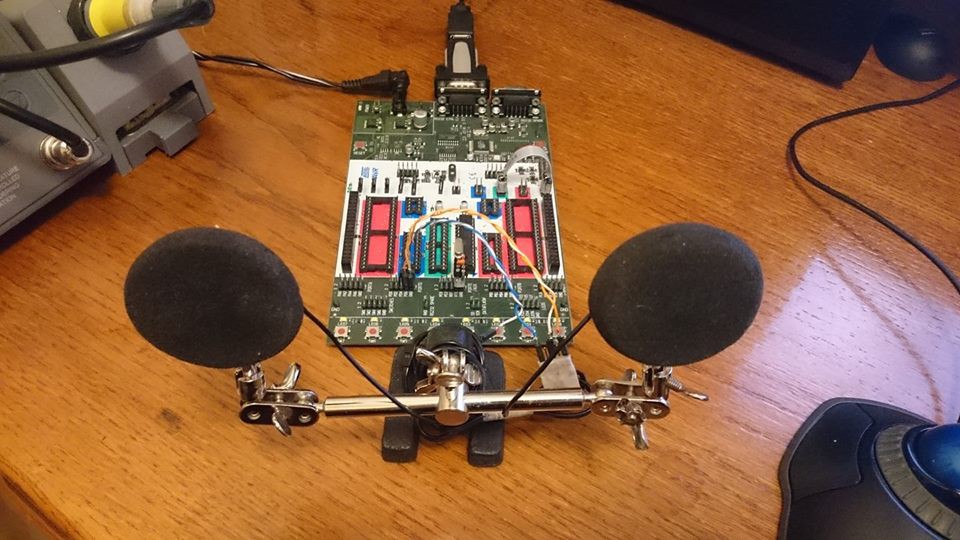 This is the development board I'm using for the soundchip coding and testing.
This is the development board I'm using for the soundchip coding and testing.
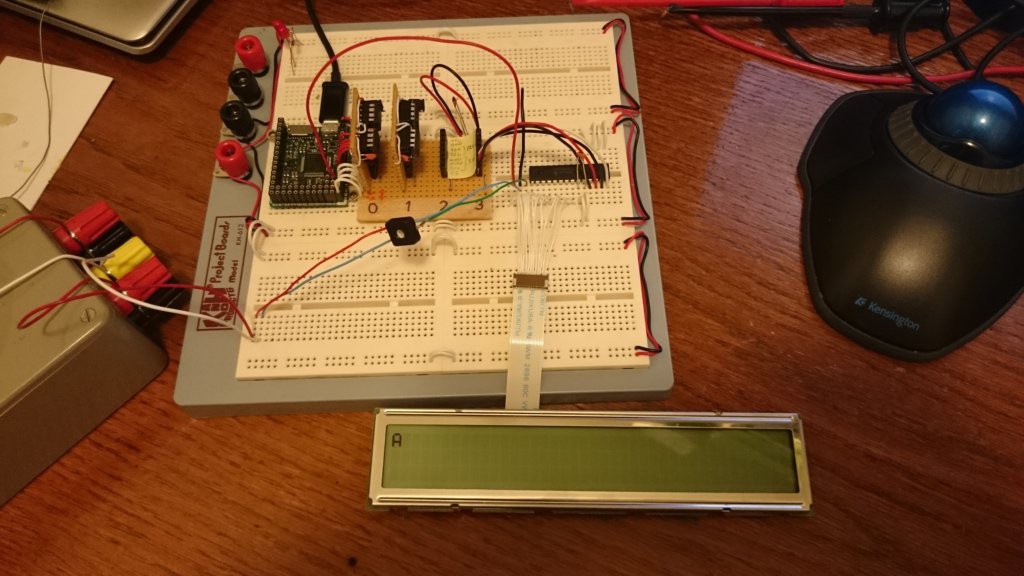

 tomcircuit
tomcircuit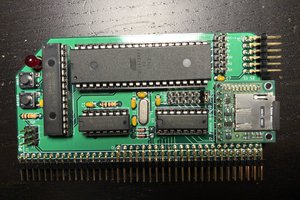
 J.B. Langston
J.B. Langston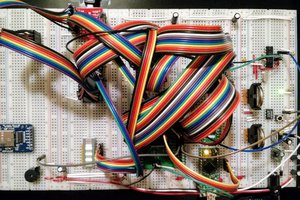
 James Ots
James Ots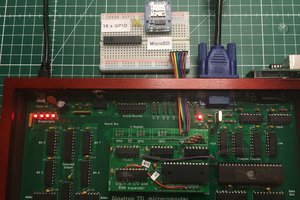
 Marcel van Kervinck
Marcel van Kervinck